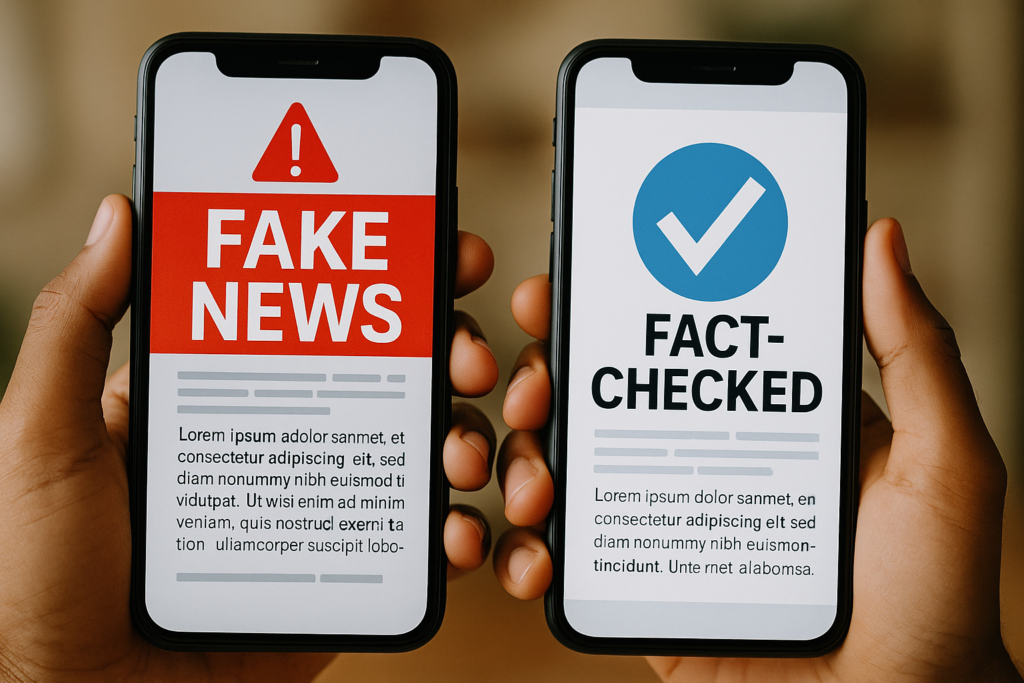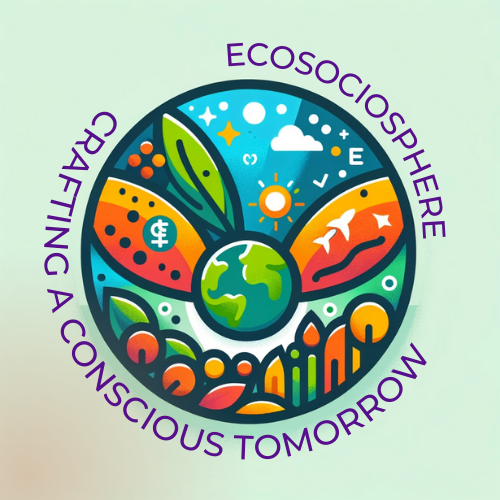Fun fact: Over 487 million Indians use WhatsApp—making it not only the most-used messaging app in the country but, unofficially, one of the largest “classrooms” for unverified facts.
You’ve probably heard of “WhatsApp University.” It’s not a real university, of course—but it might as well be. Every day, millions of Indians receive “forwards” packed with medical advice, historical facts, political commentary, and conspiracy theories—all without a shred of verification.
In a country where smartphones outnumber books in many homes, the gap between information and misinformation is dangerously thin. And in that gap, trust, truth, and democracy are being tested.
How Did We Get Here?
India is experiencing a perfect storm: rapid digital growth, low media literacy, high emotional engagement, and a trust-based society. Add a sprinkle of forwarded messages and a dash of uncle-ji’s political opinion, and voilà—you’ve got a national crisis of misinformation.
Low Digital Literacy, High Smartphone Penetration
India’s internet penetration crossed 880 million users in 2023. Most of these users came online in the past five to ten years—and for many, WhatsApp was their first real interface with the internet.
Unlike formal education, digital behaviour isn’t taught. There’s no course on how to verify a source, identify a deepfake, or question a statistic. This makes users, especially older adults and first-time internet users, highly vulnerable.
Trust-Based Sharing Culture
Indian society is built on trust. If a friend, cousin, or family group sends you a message, you’re more likely to believe it. In WhatsApp culture, the message isn’t the medium—the sender is.
But trust can be weaponised. A single fake video, quote, or image—once sent through a “respected” source—can spread like wildfire before anyone questions it.
Language Diversity and Translation Gaps
Misinformation in India isn’t just in English. It thrives in regional languages—Hindi, Tamil, Bengali, Marathi, and more—where fact-checking tools and platforms are limited. Mistranslated articles, context-lost memes, and manipulated religious content become explosive when mixed with local sentiments.
What Misinformation Looks Like (And Why It Works)
Not all misinformation is blatant. Some are subtle, wrapped in half-truths, or emotionally charged. Here’s how it shows up:
Health Hoaxes
From “drink hot water to kill COVID-19” to “bananas cure cancer,” health misinformation is among the most dangerous. In 2020, a WhatsApp audio clip falsely claiming that “steam inhalation prevents coronavirus” went viral, leading to multiple injuries and even hospitalisations.
Fake News During Elections
Political misinformation is now a campaign strategy. During elections, edited videos, fake quotes, and doctored newspaper clippings flood social media. A 2022 study by Alt News (a fact-checking platform in India) revealed a 60% spike in fake political content during election cycles.
Communal and Religious Misinformation
The most volatile kind. Videos from other countries are shared as recent “incidents” in India to incite communal hatred. A lynching video from Latin America was once shared as a “mob attack” in West Bengal.
Once outrage is triggered, facts struggle to catch up.

Why Fact-Checking Isn’t Enough
Several organisations—Boom Live, Alt News, Factly—are doing incredible work debunking fake news. But the speed of misinformation always outpaces the speed of correction.
Fact-checking has become a reactive response. The real fix lies in prevention through awareness, not just post-exposure correction.
Case Study: The COVID-19 Infodemic
During the pandemic, misinformation turned deadly.
- A viral claim that masks reduce oxygen intake caused widespread resistance to mask mandates.
- Unverified home remedies overshadowed actual medical advice.
- Rumours about vaccine side effects led to massive hesitancy, especially in rural India.
The World Health Organisation (WHO) even coined the term “infodemic” to describe the overabundance of false and misleading information during public health crises.
India’s government tried to intervene—with limited success. Guidelines were issued, advisories shared, but enforcement on encrypted platforms like WhatsApp remained nearly impossible.
The Role of Social Media Companies
WhatsApp, owned by Meta Platforms Inc. (which also owns Facebook and Instagram), has rolled out measures like limiting forwards, adding labels to frequently forwarded messages, and supporting fact-checking partnerships. But critics argue it’s not enough.
Twitter (now X), YouTube, and Facebook have similar policies, but loopholes remain—especially when moderation algorithms fail to understand regional context or language nuance.
The companies benefit from high user engagement, and controversial content drives clicks. So where does responsibility begin—and where does profit end?
How to Build Immunity Against Misinformation
Just like a virus, misinformation spreads quickly—but we can build digital immunity.
- Pause Before You Forward
Ask: Who sent this? Where did it come from? Is it from a credible source?
- Check Before You Believe
Use platforms like Alt News, Boom Live, or Factly to verify claims before sharing.
- Educate Your Inner Circle
The uncle who sends “breaking news” every morning isn’t evil—he’s uninformed. Guide him. Be kind, but clear.
- Teach Digital Literacy in Schools
Just like we teach math and history, digital hygiene should be a mandatory subject. India’s National Education Policy (NEP) 2020 mentions media literacy—but implementation is lagging.
- Report and Block
Most platforms allow you to report misinformation. Do it. Even if it feels small. It’s not.
Conclusion: From Information to Insight
We don’t lack information—we drown in it. What we lack is discernment. In a world where everyone has a platform, the power to influence, confuse, or even incite is just one click away.
Between WhatsApp University and real knowledge, we need to choose better. Not just for ourselves, but for our democracy, our sanity, and our future.
Because in the age of misinformation, the most radical act is thinking critically.
Author’s Note
This blog was inspired by the number of family WhatsApp messages I’ve had to gently debunk over the years. Misinformation isn’t just an internet problem—it’s a people problem. And the solution lies with all of us, not just the tech companies or the fact-checkers.
G.C., Ecosociosphere contributor.




